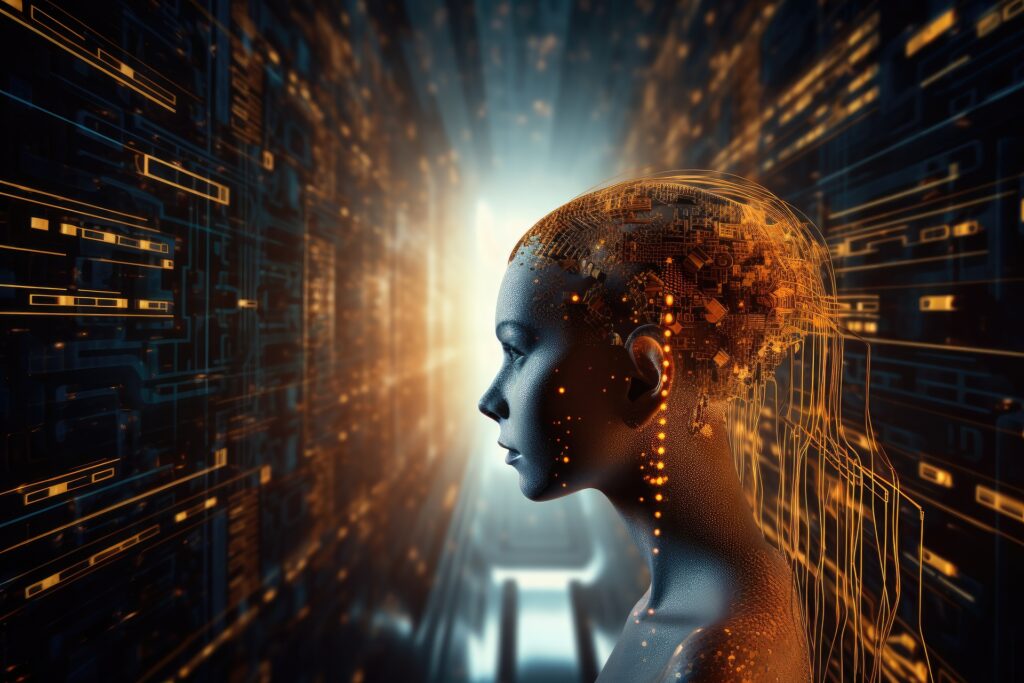The reality is that AI-powered automation tools in the workplace are not just coming for jobs; they are already here to stay. As someone who has spent years writing about tech trends, I have seen firsthand how tools like ChatGPT and MidJourney are flipping industries upside down. But here is the good news: AI is not your enemy rather they are your collaborators. Sit back to learn and acquire the insights presented in this article about AI and human collaboration.
In this post, I will walk you through 10 AI tools that could replace specific jobs (yes, even yours) and more importantly, how to adapt so that you will not be left behind. I will not make it complicated but will give you insight and practical tips that you can follow.
Table of Contents
1. ChatGPT & AI Writing Assistants: The New “Co-Workers” for Writers
Jobs at risk: Bloggers, copywriters, journalists.
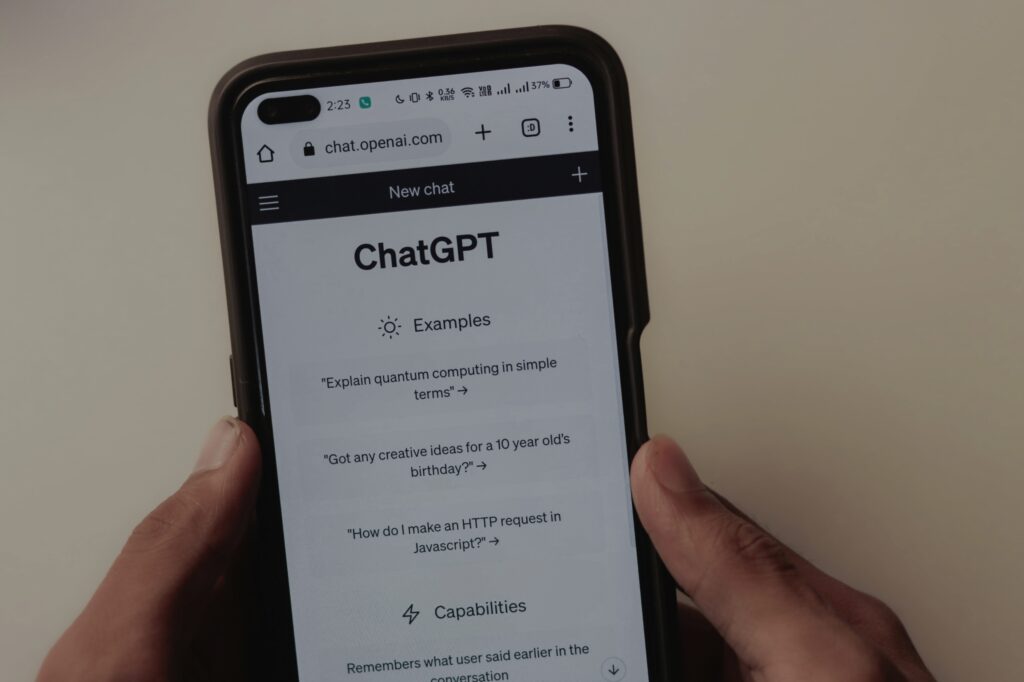
I will admit it that the first time I used ChatGPT I felt a pang of panic. It wrote a decent blog outline in seconds, an article that would have taken me around an hour to do. Tools like Jasper and Copy.ai are already producing content creation for social media posts, product descriptions, and even news articles.
But irrespective of all these functions AI can not make humans to become obsolete because they lack your voice nor can they create or understand humour, even they are foreign to live experiences. Sadly, even in AI-powered automation, it can not interview someone for a CEO role or craft a heartfelt story.
2. MidJourney & DALL-E: The Designers in Your Browser
Jobs at risk: Graphic designers, illustrators.
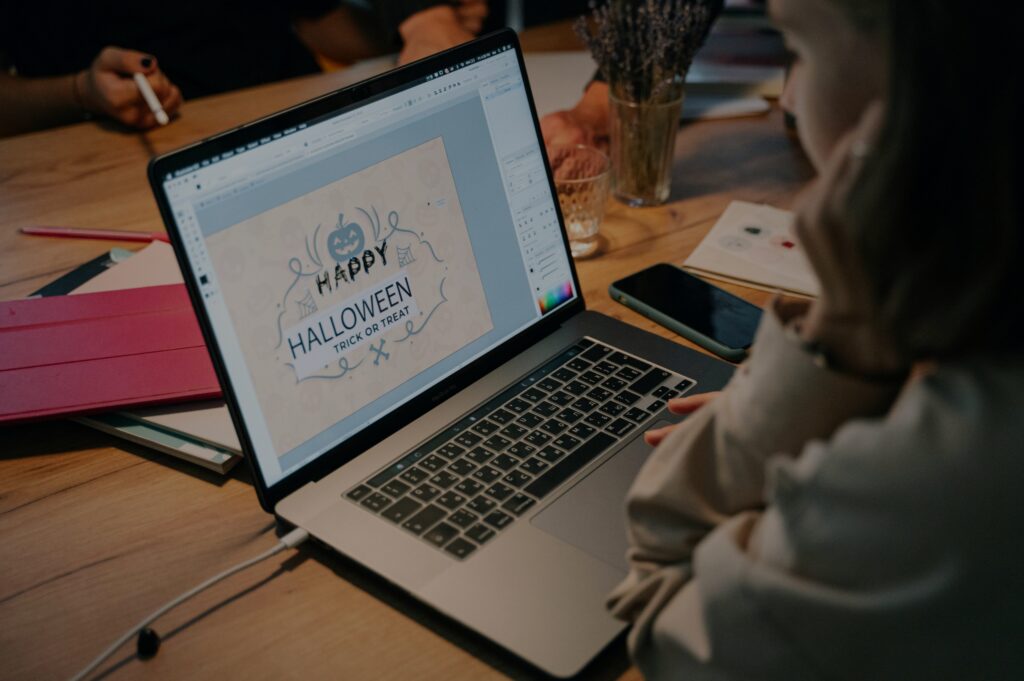
After testing MidJourney last month to design a book cover for a finished piece, I was convinced of its abilities. I typed some simple prompts and boom, it generated 10 options in roughly 60 seconds. Why would you hire a designer for some small businesses when AI tools offer AI-driven innovation at $10/month subscriptions for smooth, fast designs?
Considering the output and the aesthetics of the work, it is still safe to say that there are some levels of creativity that AI has not attained yet, humans possess creativity that surpasses AI in the workplace. Humans will always be more creative than any AI tool. One of the limitations is that AI can not understand the depth of a brand’s ideology or a clear client’s vision and passion.
3. GitHub Copilot: The Coding Sidekick
Jobs at risk: Junior developers, entry-level coders.
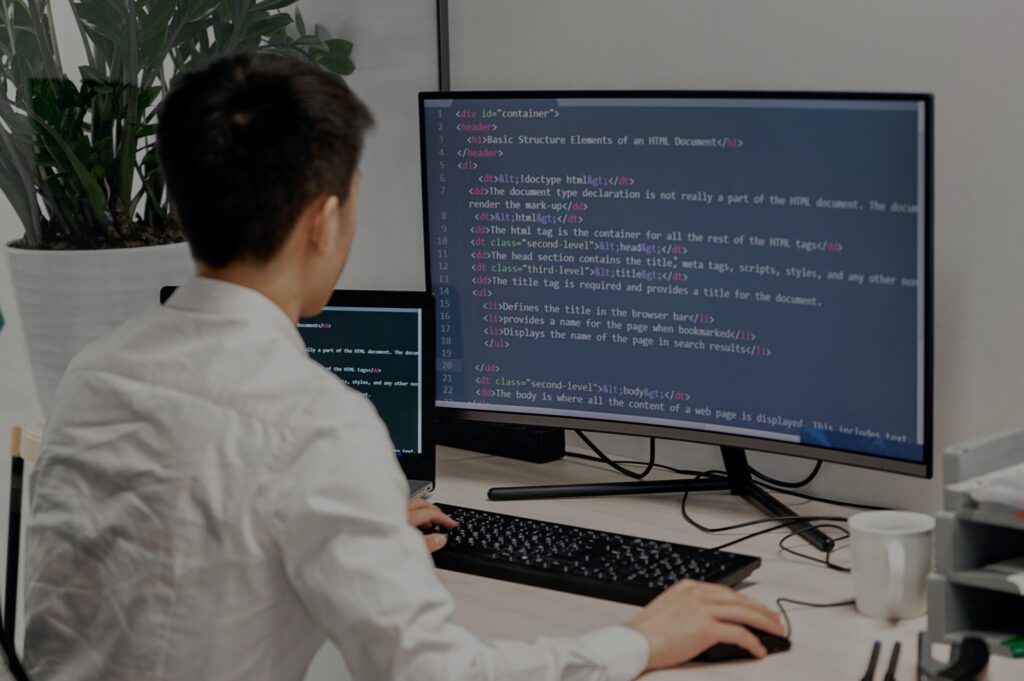
With the recent development from GitHub, GitHub Copilot can write functional code snippets faster than a new grad. Its ability to write code spans from basic HTML to advanced programming languages like Python and Java. If you need a Python script, it will generate one while you sip your cup of coffee.
Writing code and being a programmer goes beyond typing the code out in text, you must be able to debug messy code or innovate new solutions from existing problems to solve real world issues. That is still a difficult thing for an AI system, some that can try to do it are not efficient at it yet, proving that AI vs human skills is an ongoing debate.
4. Jasper & Copy.ai: The Marketing Team’s New Hire
Jobs at risk: SEO writers, ad copywriters.

The Jasper AI tool is good enough when it comes to writing ads. Ads like Facebook ads will be carried out with AI in marketing strategies effortlessly and within a short period of time. It creates generic Ads, but passable ones. Dealing with small businesses, Jasper will save you a couple of bucks in pitching for Ads.
As good as Jasper and Copy.ai are, they are still limited when compared to humans. Robots can not sell like humans; they do not know your audience’s pain points or inside jokes. Adapting to AI in business involves using robots as aids and not to serve as replacements, while humans analyze campaign data.
5. Synthesia & Deepfake AI: The Virtual Video Crew
Jobs at risk: Video editors, presenters, voice-over artists.

Synthesia allows you to create videos with AI-powered automation without any cameras or actors, just by typing a script. I made a promo video in just 20 minutes and some seconds. The output was great, considering the resources used and the time it took.
Arguably, storytelling belongs to humans, AI can not capture raw emotion that goes on in the heart or improvise in a role during a shoot. Viewers who are the audience still crave authentic human content rather than AI deepfake manifestations.
6. QuickBooks AI & Bookkeeper Bots: The 24/7 Accountant
Jobs at risk: Bookkeepers, data entry clerks.

7. Hootsuite AI & Social Media Bots: The Autopilot Manager
Jobs at risk: Social media managers.
These are tools that can automate goods, categorise expenses, generate invoices, and also file taxes. This happening is a thing of joy for a freelancer and any common man out there, acknowledging that these tools are a godsend. It is however another ball game entirely for an accountant. Such tools serve as a threat to them and their work.
The issue of nuance around human interaction has been a major challenge that AI is yet to overcome. AI in finance and technology falters with nuance and they can’t explain why your cash flow is shrinking or offer tax saving hacks. And also AI does not really do well with real-world data like crumpled receipts.

There are a lot of AI tools that help in scheduling posts, replying to comments, and even generating captivating captions. When it comes to routine tasks, they are exceptional.
With how well and exceptional these bots can perform autopilot duties, it has never been on record that AI in customer service builds communities. They can not notice a trending meme or sense a PR crisis brewing. Most followers or users prefer real interactions with humans who can feel their pains or complaints, not canned replies.
8. IBM Watson & Legal AI: The Virtual Paralegal
Jobs at risk: Paralegals, legal researchers.
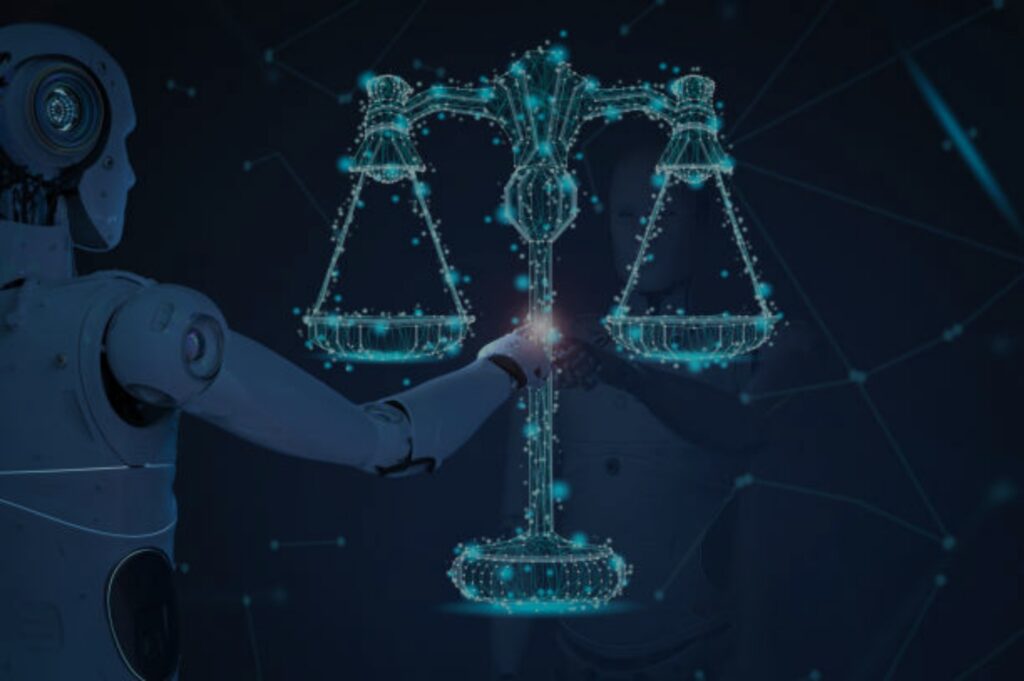
Watson can scan contracts faster than any human can and it will give reports of any loopholes or compliance issues found in the contract. For those who are in law firms, this is the most prayed for tool that cuts costs dramatically for them.
Sadly, the law is deeper and wider than dealing with paperwork alone. AI in industries like law has not yet developed to the point that it can negotiate a plea deal or empathise with a client in court. Human judges find it difficult to trust algorithms in robots to argue cases that have to do with human life or activities.
9. AI Chatbots: The Customer Service Rep That Never Sleeps
Jobs at risk: Call center agents.

Bots that are powered by ChatGPT are capable of handling 80% of routine queries. They can track orders, help users to reset passwords and even answer pressing questions. Using this kind of bot is cheaper and faster.
A crucial challenge about using such a bot is that, once humans notice that the rep that has been attending to them is a bot, their level of trust and confidence seems to drop and they start seeking human customer representatives. It is obvious that AI can not calm an angry customer or handle unique requests from humans. One of the major abilities or skills of a good customer rep is empathy, robots can not show empathy rather they act on programmed scripts.
10. Autonomous Vehicles: The Driver Without a Coffee Break
Jobs at risk: Truck drivers, delivery personnel.

In many places around the world now, Self-driving trucks and delivery drones powered by AI-driven innovation are already on highways, either conveying people or delivering goods. We have delivery drones that are made by Amazon, which help in making swift timely deliveries to customers.
Notwithstanding, the logistics sectors also need humans for the perfection of their duties. In a situation where a car breaks down along the way, AI can not fix any broken axles or negotiate with a warehouse manager when delivering packages. Someone like you and me needs to oversee routes and safety protocols along the way, and a balance of AI and human collaboration remains necessary.
How to Adapt to the Age of AI
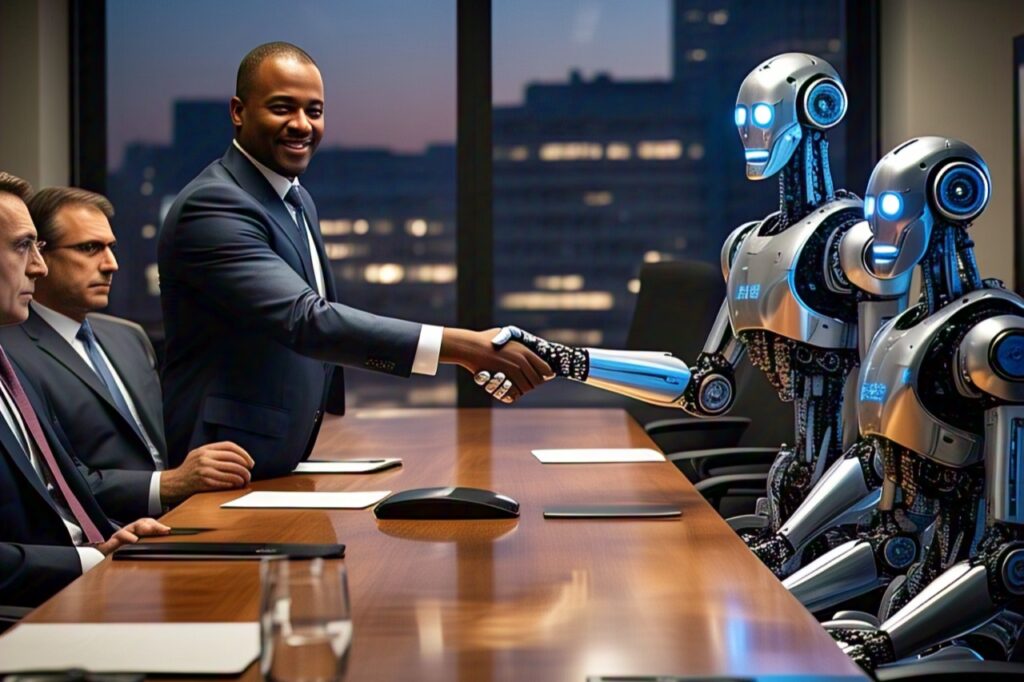
Rather than competing with AI, humans can adapt to work alongside these tools. Here are some strategies for embracing AI in your workspace or while carrying out your day to day activities:
- Content Creation: Use AI editors like ChatGPT for drafting points, then you can blend them with your unique writing style. Try to focus on building content calendars and virtual assistant strategies that require human creativity and empathy.
- Design: You can offer designs that are designed with AI. Such design services are faster and cheaper. They can bring tremendous change to how creative you can be just by guiding AI tools to produce high quality results.
- Development: Ensure you master how AI integration works. It will help you in blending AI tools into workflows, and it will bring more productivity within a short period of time. You can also level up your problem solving skills to direct AI effectively.
- Marketing: Under marketing, you can think of becoming an SEO strategist who uses AI for keyword research and crafting content that connects with audiences. Through that you can specialise in data analysis while interpreting metrics that are generated through AI and adjusting campaigns.
- Video Production: Many people offer videos that are enhanced with AI as a service by using tools like Synthesia for rough cuts and adding creative flair to it.
- Customer Experience: Explore hosting live Q&As, engaging with a live audience and creating user generated campaigns. Become a brand storyteller, using AI for scheduling and crafting the voice yourself.
Conclusion
The reality of AI and its functions is inevitable, but be rest assured that they are not here as a replacement for human ingenuity. Rather, AI tools should augment human capabilities, freeing up time for work that truly matters. By embracing AI and adapting to its presence, humans can focus on what sets us apart, like our creativity, empathy, and innovation. The nearest future belongs to those who can effectively blend AI tools with human expertise. As AI continues to evolve, it is very important to recognise the value of human skills and develop strategies that can complement AI capabilities. By doing all this we can create a balanced partnership between humans and AI and cause driving progress with innovation.
FAQs
Which jobs are most at risk of being replaced by AI?
AI is automating roles in data entry, customer service, content writing, and even coding, but new opportunities are emerging.
How can I adapt if AI is replacing my job?
Upskilling in AI-related fields, learning soft skills, and exploring creative or strategic roles can help you stay relevant.
What industries will AI impact the most?
AI is transforming finance, healthcare, marketing, manufacturing, and education, leading to both job losses and new roles.
Can AI create more jobs than it replaces?
Yes! AI is generating demand for AI ethics specialists, prompt engineers, automation managers, and cybersecurity experts.
How do I stay hopeful about my career in an AI-driven world?
Focus on continuous learning, adaptability, and leveraging AI as a tool rather than fearing it as a replacement.

